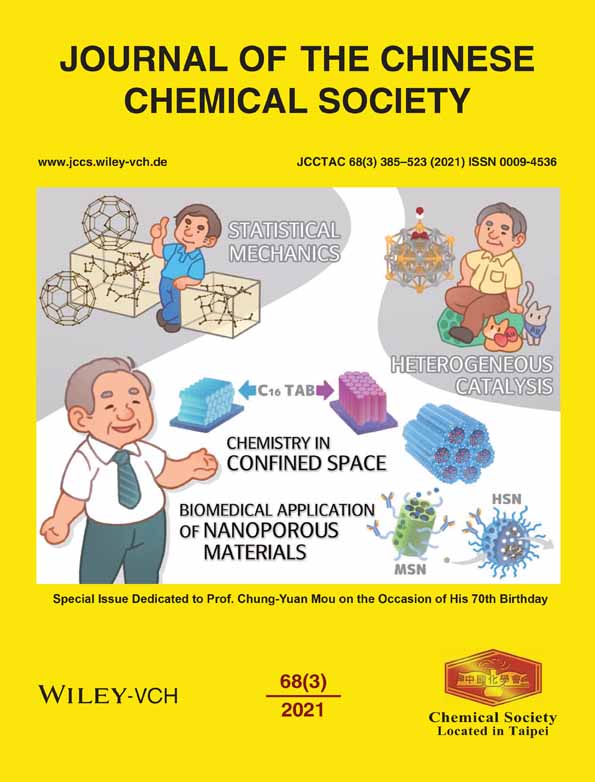Selective growths of single-walled carbon nanotubes from mesoporous supports via CO disproportionation
Abstract
Mesopore-confined cobalt catalysts are prepared to control diameters and chirality of single-walled carbon nanotubes (SWCNTs) via CO disproportionation. Here, we demonstrate four synthetic strategies of growing semiconducting as well as metallic SWCNTs catalyzed by the cobalt nanoparticles with defined locations and sizes. Co-condensation (catalyst-1,3) processes provide constrained environment for small catalysts that grow uniform diameters (0.82–0.83 nm) of (7,5) and (8,4) semiconducting SWCNTs. Alternatively, surface-grafting (catalyst-2) and ion-exchange processes (catalyst-4) provide spacious mesopores toward formation of poly-dispersed catalysts that grow a mixture of SWCNTs with wide-range diameter distributions (0.83, 1.2–1.34 nm). Raman and photoluminescence excitation rationally correlate Raman breathing mode vibration to individual chirality and diameters of these SWCNTs. Informative in situ X-ray absorption experiments reveal H2-pretreatment (300–700°C) effects toward different oxidation states, bond distances, and coordination numbers of the cobalt catalysts. The CO disproportionation (6 atm, 800°C) reaction provides suitable confined growth of SWCNTs via co-condensation of cobalt catalysts into mesoporous materials.




